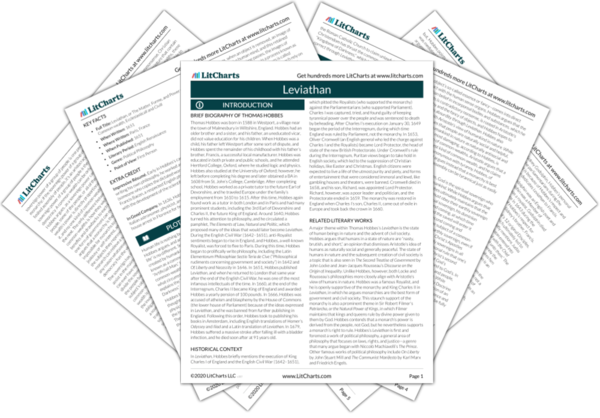Catholics churches, which exist under the dominion of the Church of Rome, each have a relic that is worshiped like God, and such relics are usually the physical remains of a Saint. As Hobbes contends that most Saints, or prophets, are not true prophets, it is likely that the relic being worship in any given Catholic church is not really holy, which makes the relic and the Saint idolatrous, like any “graven Image” not authorized by God, such as Cherubs or snakes.
